Airlines
JetBlue launches daily flights between NewYork and Paris
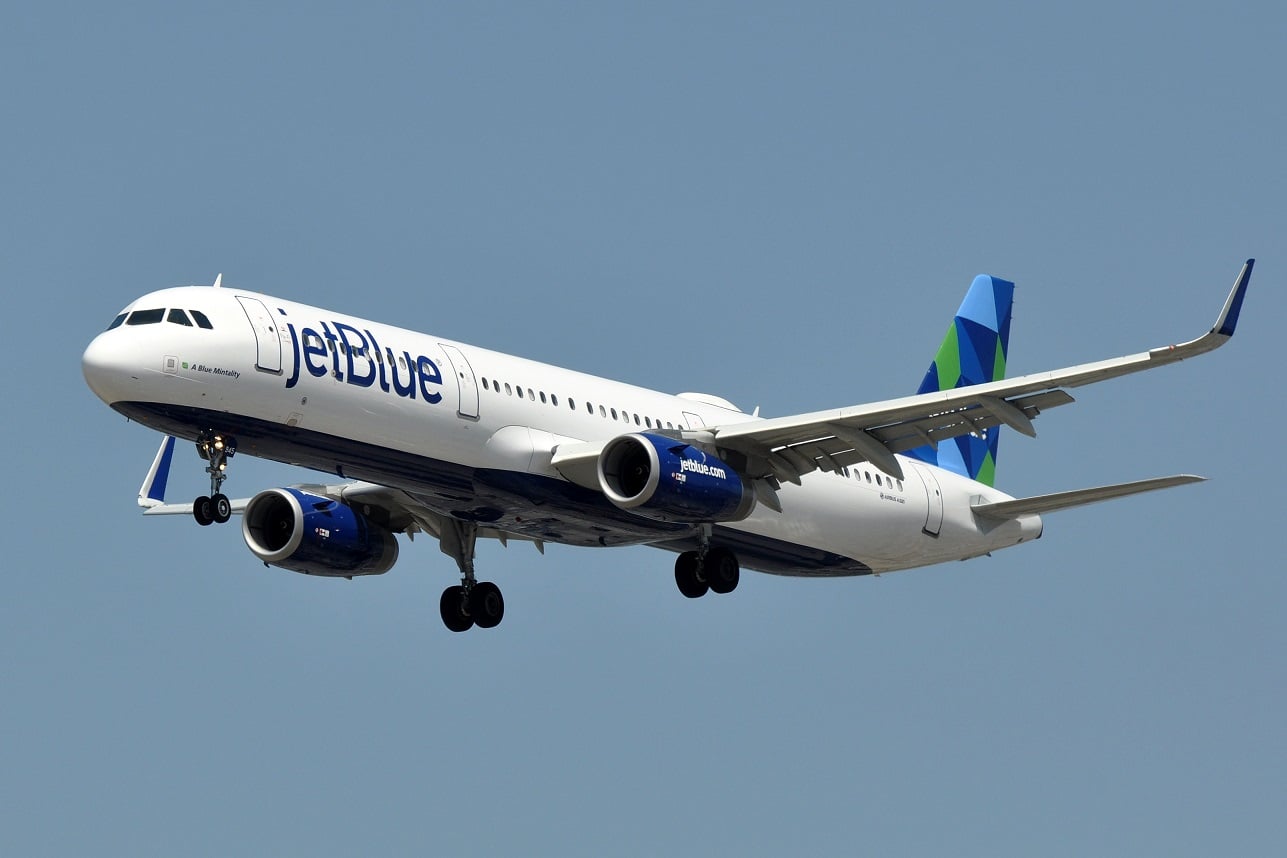
JetBlue stated that it has increased its footprint in the transatlantic market to continental Europe with new, nonstop service between New York’s John F. Kennedy International Airport (JFK) and Paris Charles de Gaulle Airport (CDG) beginning today. The largest market that JetBlue does not previously serve from New York is Paris, which is also one of the most popular travel destinations among its customers.
Vistara airlines starts non-stop flight services to Paris from Delhi(Opens in a new browser tab)
JetBlue plays a unique role in disrupting high-fare legacy carriers that have dominated transatlantic routes for decades with daily flights connecting New York to Paris, the lucrative routes between the U.S. and London, and service to Amsterdam coming later this summer. JetBlue also intends to start running flights between Boston and Paris in 2024.
Schedule between New York (JFK) and Paris (CDG)
| Daily service starting June 29, 2023 (Eastbound) & June 30 (Westbound) *all times local | |
| JFK – CDG Flight #1407 | CDG – JFK Flight #1408 |
| 5:09 p.m. – 6:55 a.m. (+1) | 8:55 a.m. – 11:51 a.m. |
JetBlue’s Airbus A321 Long Range (LR) aircraft will fly daily flights with 24 newly designed Mint Suite® seats, 114 core seats, and a modern, roomy Airspace cabin. The A321 will enable JetBlue to effectively disrupt the market with its award-winning service and affordable fares on flights between the U.S. and Paris. It offers the range of a wide body but with the economics of a single-aisle aircraft.
United Announces Largest South Pacific Expansion in Aviation History(Opens in a new browser tab)
Seats are currently on sale with low rates for U.S.-originating passengers starting at $499 roundtrip for the airline’s award-winning core experience and at $2,499 for JetBlue’s premium Mint experience to commemorate the start of new service to Paris. Travelers from France may take advantage of special roundtrip introductory prices starting at €399 ($449) for core and €1,599 ($1,799) for Mint on jetblue.com.

Airlines
Air India Rolls Out A350s for Delhi-New York JFK and Newark Routes
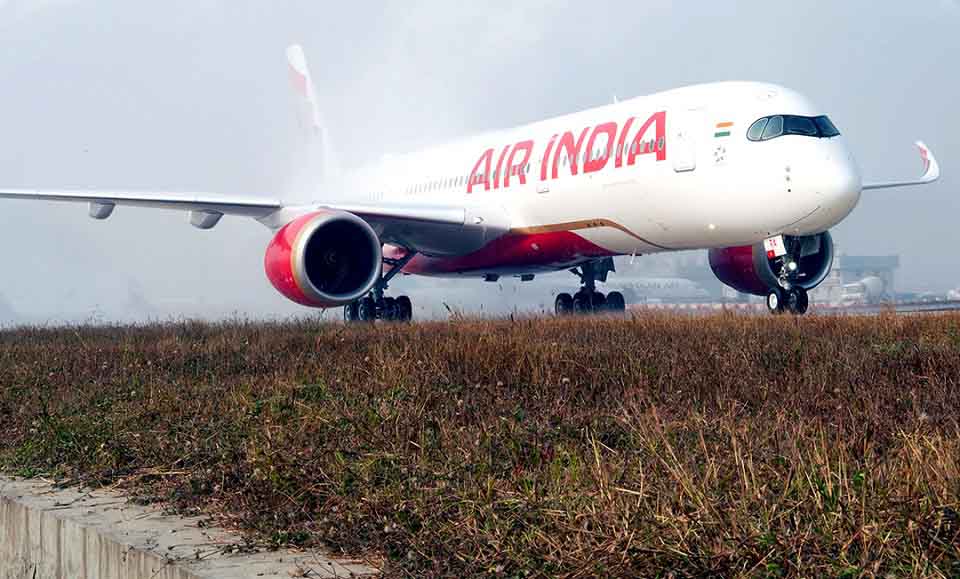
In a major development for North American travelers, Air India has announced the deployment of its state-of-the-art Airbus A350-900 aircraft on two key routes: Delhi to New York and Delhi to Newark.
The service on the Delhi-New York route will commence on November 1, 2024, while the Delhi-Newark route will see its inaugural flight on January 2, 2025.
The introduction of the air india a350 will bring significant enhancements to Air India’s offerings, particularly with the launch of its Premium Economy class. air india retrofit This new class will feature 24 wide seats arranged in a 2-4-2 configuration, providing passengers with extra legroom and a more comfortable flying experience.
Soon, Air India aircraft will feature onboard WiFi & all-new cabins: Click here
“We are encouraged by the positive guest feedback we have received from the domestic deployment of our air india a350 interior to offer our hero product on the Delhi-New York JFK and Delhi-Newark routes. This is a significant leap forward for our U.S. operations that also underscores our commitment to continuous improvement,” said Campbell Wilson, Chief Executive Officer & Managing Director of Air India.
The A350’s Business class will set new standards with 28 private suites, each equipped with full-flat beds, direct aisle access, and personal wardrobes. Economy class will be configured to accommodate 264 passengers in a 3-4-3 layout. Across all cabins, passengers will enjoy the latest Panasonic eX3 in-flight entertainment system, offering over 2,200 hours of content.
Air India’s First A350-900: Interior, Routes, &Inflight Features: Click here
This strategic deployment marks a notable enhancement in Air India’s U.S. operations, with 60% of its flights to the U.S. now featuring new or upgraded cabin interiors. The air india new international routes currently operates 51 weekly flights to five U.S. destinations: New York JFK, Newark, Washington DC, Chicago, and San Francisco.
The revamped cabins, advanced in-flight entertainment systems, and improved service standards represent air india wifi commitment to providing a superior travel experience. “We believe this enhanced offering will solidify Air India’s position as a leading carrier and attract travellers seeking a world-class flying experience between India and the United States,” the airline stated.
Seats on these flights are now available for booking on Air India’s website, mobile app, and through travel agents, ensuring that passengers can easily plan their journeys on these newly upgraded routes.
Air India Economy vs Qatar airways economy: which is best?:Click here
-
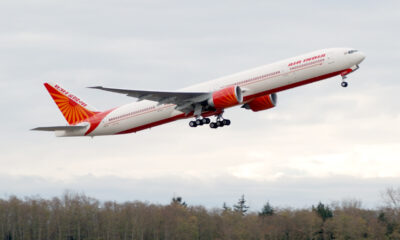
 Travel1 week ago
Travel1 week agoAir India to Expand US Operations with Three New Routes After a Decade
-
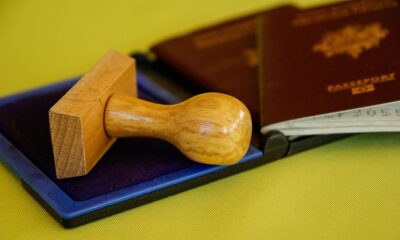
 Travel2 weeks ago
Travel2 weeks agoWhy We Should Avoid These Stamps in a Passport
-
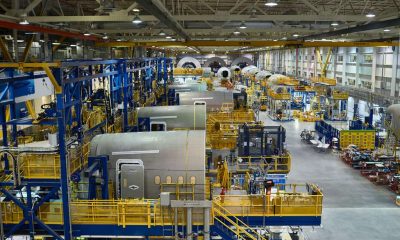
 Airlines1 month ago
Airlines1 month agoInvestigations Reveal Fake Chinese Titanium in Boeing and Airbus Jets
-
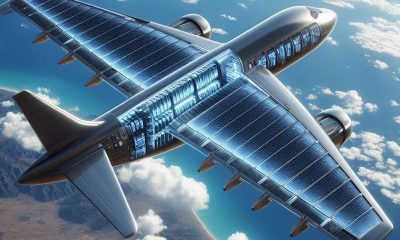
 Tech4 weeks ago
Tech4 weeks agoChina’s CATL Plans 1,800-Mile Electric Plane Launch by 2027
-
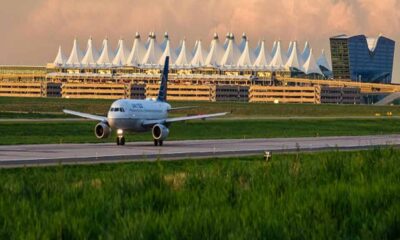
 Airport3 days ago
Airport3 days agoTop 10 Largest Airports in the World by Size
-
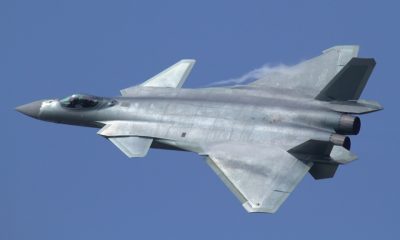
 Aerospace4 weeks ago
Aerospace4 weeks agoChina’s Fighter Jets Turn Wings into Autonomous Drones
-
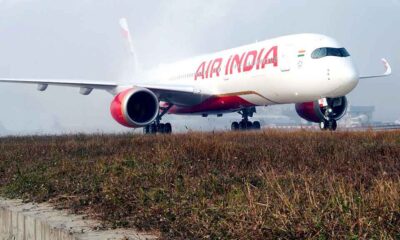
 Airlines4 days ago
Airlines4 days agoAir India Rolls Out A350s for Delhi-New York JFK and Newark Routes
-
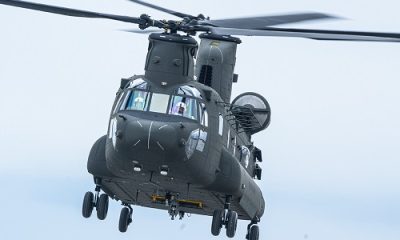
 Defence3 weeks ago
Defence3 weeks agoBoeing Enhances Chinook with New Engines and Block II Upgrades at $96 Million







